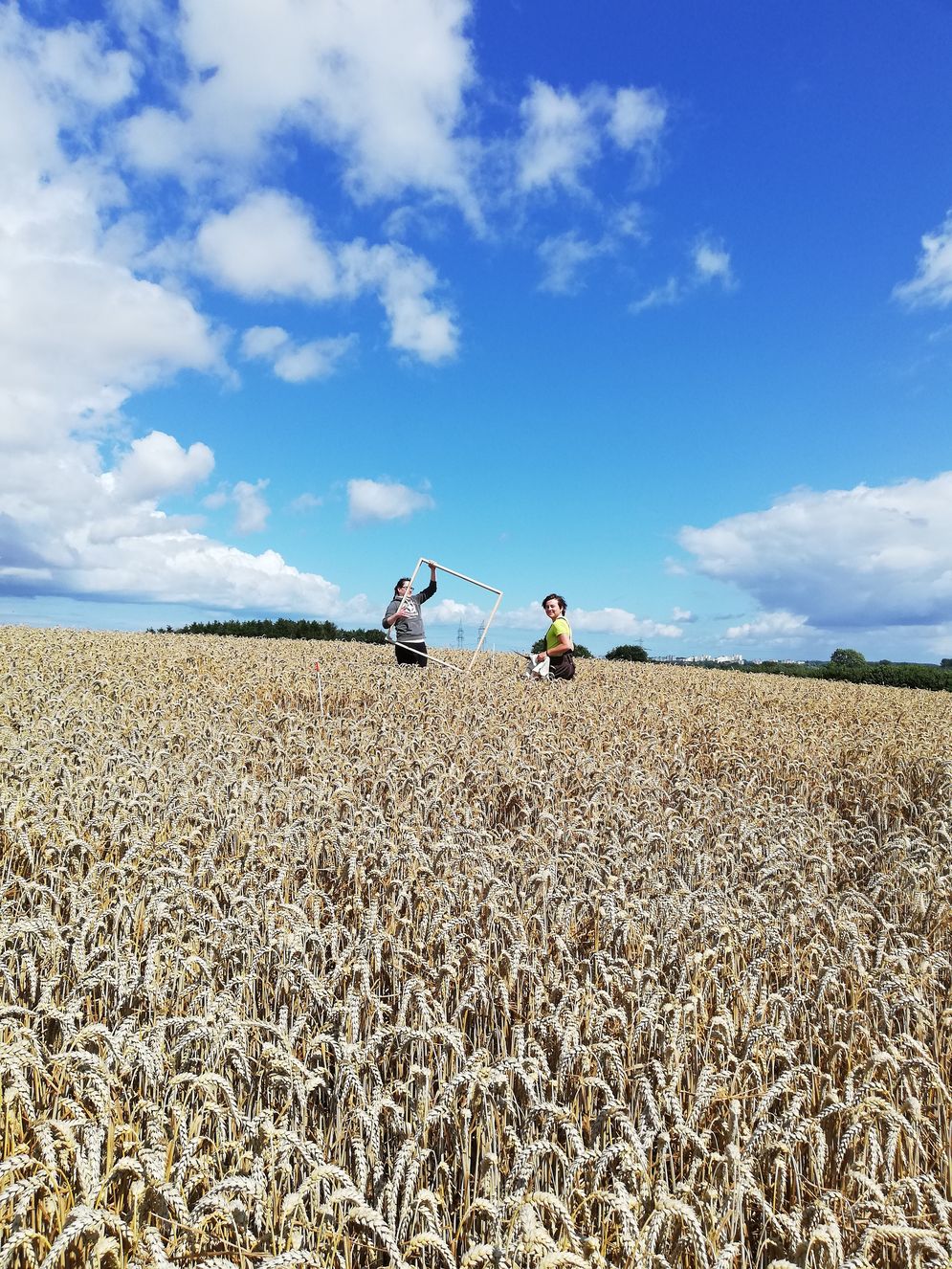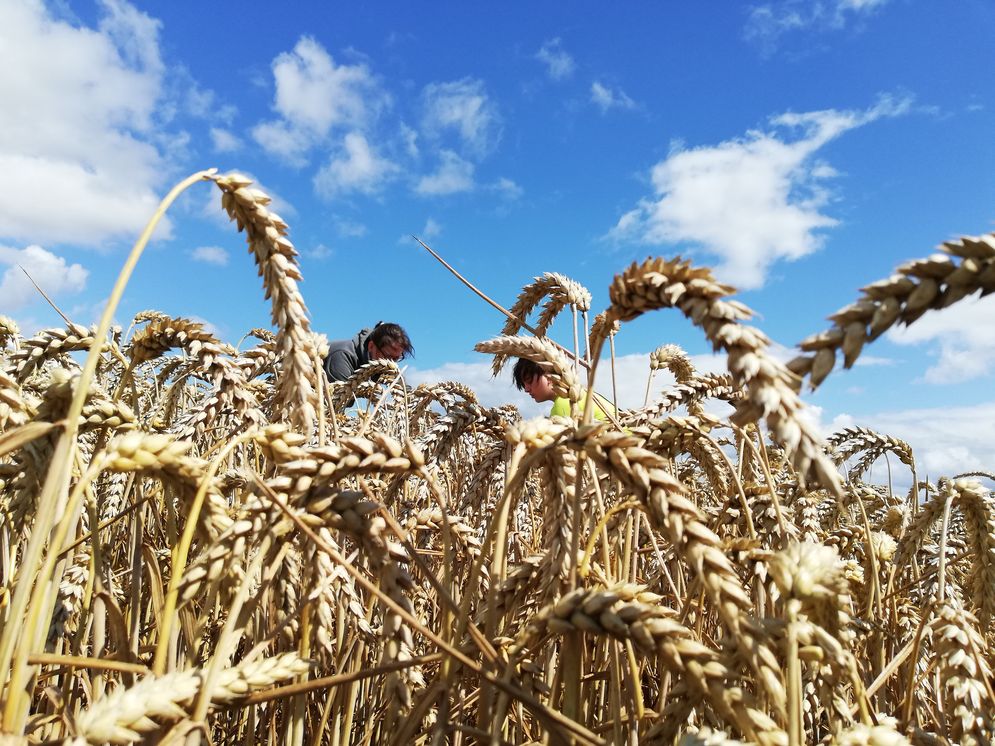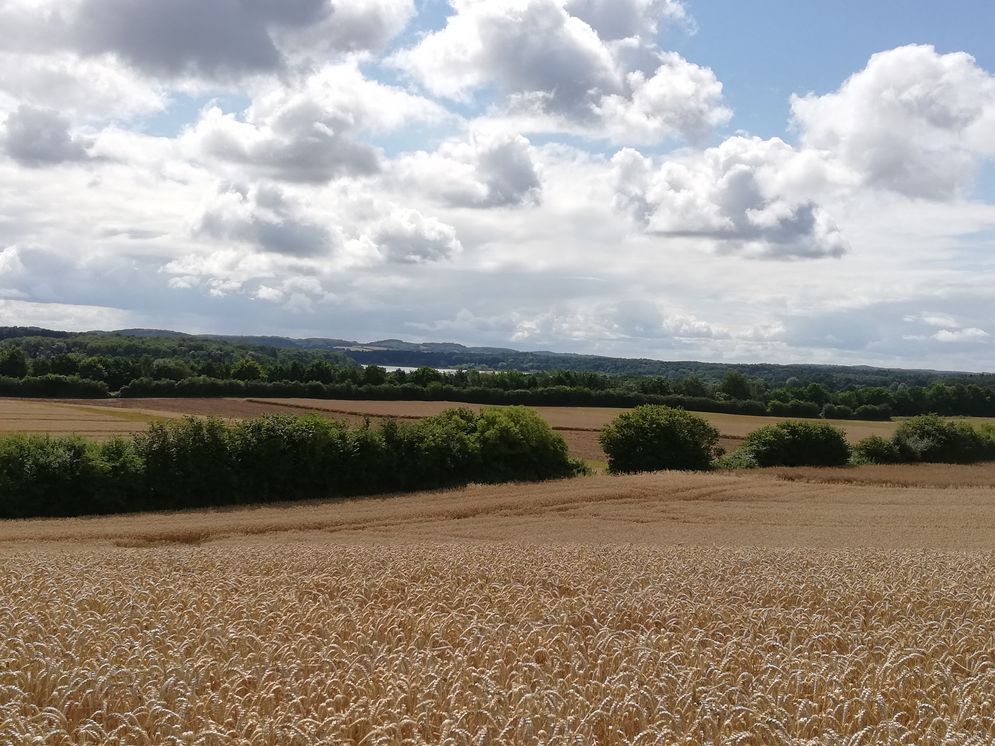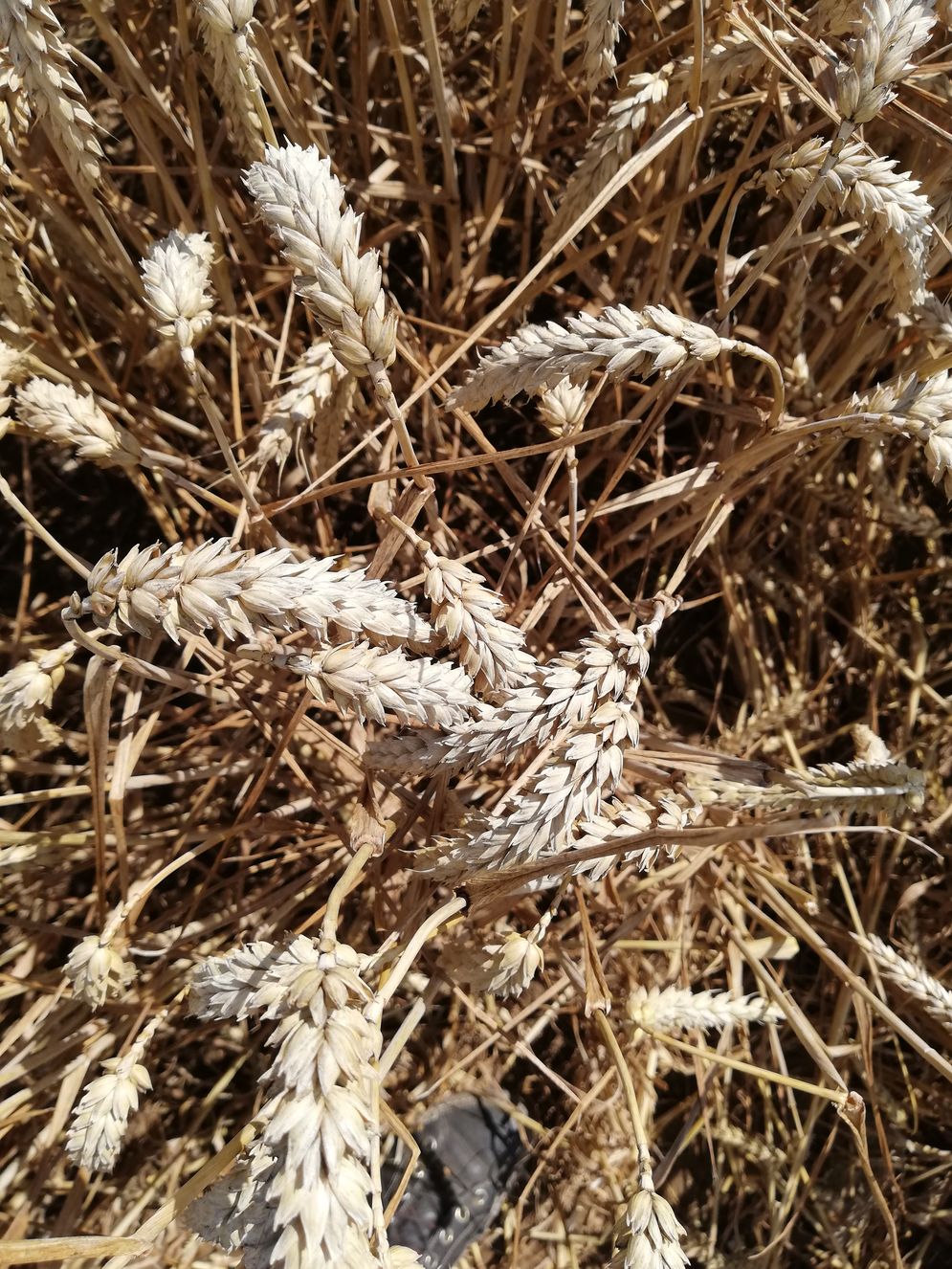Soil compaction - where, how, what, why? September 2021
This year we again visited three farmers for our transdisciplinary assessment of soil compaction in their fields.
After last year's Corona pandemic threw a spanner in the works, this year we were able to conduct soil sampling in April under the best conditions. As a result, we found well-moistened soils that allowed us to cleanly take soil samples and make penetrologger measurements. For the first time, we conducted the associated interviews online, which took some getting used to for all involved, but worked out well thanks to the flexibility of our farmers. The respective manual harvests have also been completed, so that we now have a total of 9 case studies, with three more planned for next year before the final evaluation.
We would like to thank all participating farmers and wish them a successful year 2021.
SOILAssist at Eurosoil August 2021
Due to the pandemic situation, the Eurosoil Congress of the ECSSS (European Confederation of Soil Science Societies), which was actually planned for 2020, was held this year in August in an online format. The theme of the conference was "Connecting people and soil" and the program was structured around selected Sustainable Development Goals (SDGs) of the United Nations (https://sdgs.un.org/goals). In our thematic areas, these were, for example, SDG 4: Education and awareness, SDG 6: Clean water and sanitation, or SDG 15: Life on land.
The SOILAssist team was represented with numerous contributions and was thus able to present issues and results of the project to an international audience.
In a presentation by Augustin et al. within the session "SDG 6 & 15 - Physical soil protection" the quantified transport intensities (using the model FiTraM) for a crop rotation in northern Germany were presented. It was possible to show where and when high loads occurred in the field in form of frequent wheel passes and high wheel loads. Another presentation by Lorenz et al. in the same session highlighted how dynamic wheel loads and contact area pressures affect soils and change their structures. The results were based on extensive, sensor-based field tests with wheel passes by various agricultural vehicles. Modeling (SaSCiA model) of soil compaction risk at the regional scale was addressed in a poster by Kuhwald et al. (SDG 6 & 15 - Physical soil protection). The results highlighted that soil compaction risk is highly dynamic spatially and temporally within crop rotations. In addition, a poster contribution (Ledermüller & Jacobs, SDG 6 & 15 - Physical soil protection) presented the economic evaluation of soil compaction and prevention measures with the use of a farm model (FarmBoss model). A third poster (Prilop & Jacobs, SDG 4: Soil science skills for the future) picked up results of an online survey at German universities on the extent to which soil compaction and measures to avoid it are topics in agricultural courses.
Contributions:
K. Augustin, M. Kuhwald, R. Duttmann: SPATIAL QUANTIFICATION OF THE AGRICULTURAL TRAFFIC INTENSITY DURING A CROP ROTATION IN LOWER SAXONY. Presentation.
M. Lorenz, M. Weise, K. Augustin: DYNAMIC SOIL LOADS AND THE EFFECTS ON SOIL DEFORMATION PROCESSES AND SOIL PROPERTIES. Presentation.
M. Kuhwald, K. Kuhwald, R. Duttmann: SPATIO-TEMPORAL HIGH RESOLUTION SOIL COMPACTION RISK ASSESSMENT FOR AN ENTIRE CROP ROTATION AT REGION SCALE. Poster.
S. Ledermueller, A. Jacobs: ECONOMIC EVALUATION OF SOIL COMPACTION AND POSSIBLE BENEFITS THROUGH ADAPTED SOIL MANAGEMENT UNDER AMBIGUOUS YIELD EFFECTS. Poster.
K. Prilop, A. Jacobs: AVOIDING SOIL COMPACTION BY NEW TECHNOLOGIES AS A TOPIC IN GERMAN UNIVERSITIES’ CURRICULA. Poster
Complete dataset for the survey of farmers online - freely available August 2021
In the first phase of the project, we conducted an online survey among farmers on the topic of soil compaction. After the project-internal analyses were published (doi: 10.3390/agronomy11050969), the complete data set is now available via the following link in the BonaRes data portal: https://doi.org/10.20387/bonares-k85p-tr5n.
The following topics were queried:
- General farm information
- Perception of and measures to avoid soil compaction
- Crop rotation and tillage
- Mechanization and farm organization
- Consulting and information services.
We look forward to a lively use of the collected data.
Manual wheat harvest Hohenschulen August 2021
In order to investigate the growth depression detected by UAV in the context of compaction caused by driving, a manual wheat harvest was carried out on the study plots in Hohenschulen at the beginning of August 2021. In addition to the soil sampling, which had already taken place in March 2021, the measured yields are correlated with the detected patterns of the UAV recordings.
Slurry and digestate application March 2021
We were in action again! As in 2017 and 2019, we were able to carry out a trial on different slurry and digestate application techniques this year with the practical partners contractor Ährensache and contractor Agrar-Team Deike. Four different technology variants were examined for their influence on soil functions, as well as soil pressure and deformation.
The following technology variants were used:
- Tractor with slurry hose and slurry injection
- Self-propelled tractor with crab steering and slurry injector
- Tractor with tandem slurry tanker with GLIDE-FIX distribution technology (15 m)
- Tractor with tridem slurry barrel and drag hose distributor (27 m)
When driving over the measuring points, precision is required. The driver must hit the marking of the measuring point exactly with the center of the tire and drive over the measuring point at a specified speed of 7 km/h (real slurry application speed). This is the only way to ensure that the measuring probes measure the maximum pressure and deformation values under the tire center. The pressure entered into the soil can thus be recorded by the installed bolling probes of the multi-channel measuring device. The measurement results of the deformation probes provide information about the elastic and plastic deformation of the soil during driving. The subsequent soil sampling will show what has happened in terms of soil functions in the soil and which technique variant is the most gentle on the soil.
This year the tests were carried out together with the UFZ (BonaRes Center). In addition to the SOILAssist soil samples, the colleagues took further soil cores to examine them in the computer tomograph (CT). This allows the smallest changes in the pore system to be made visible, so that the effects of the respective driving on the soil and its functions become even clearer. The results of the CT analyses are then evaluated together with the results of the SOILAssist investigations.
Latest publication march 2021
S. Focke Martínez, T. Wiemann und J. Hertzberg (2021)
Overview of a route-planning tool for capacitated field processes in arable farming
In: Referate der 41. GIL-Jahrestagung in Potsdam, March 8-9 2021: Informatik in der Land-, Forst- und Ernährungswirtschaft Fokus: Informations- und Kommunikationstechnologien in kritischen Zeiten ISBN 978-3-88579-703-6
Lecture Notes in Informatics(LNI)-Proceedings Volume 41, 97-102



